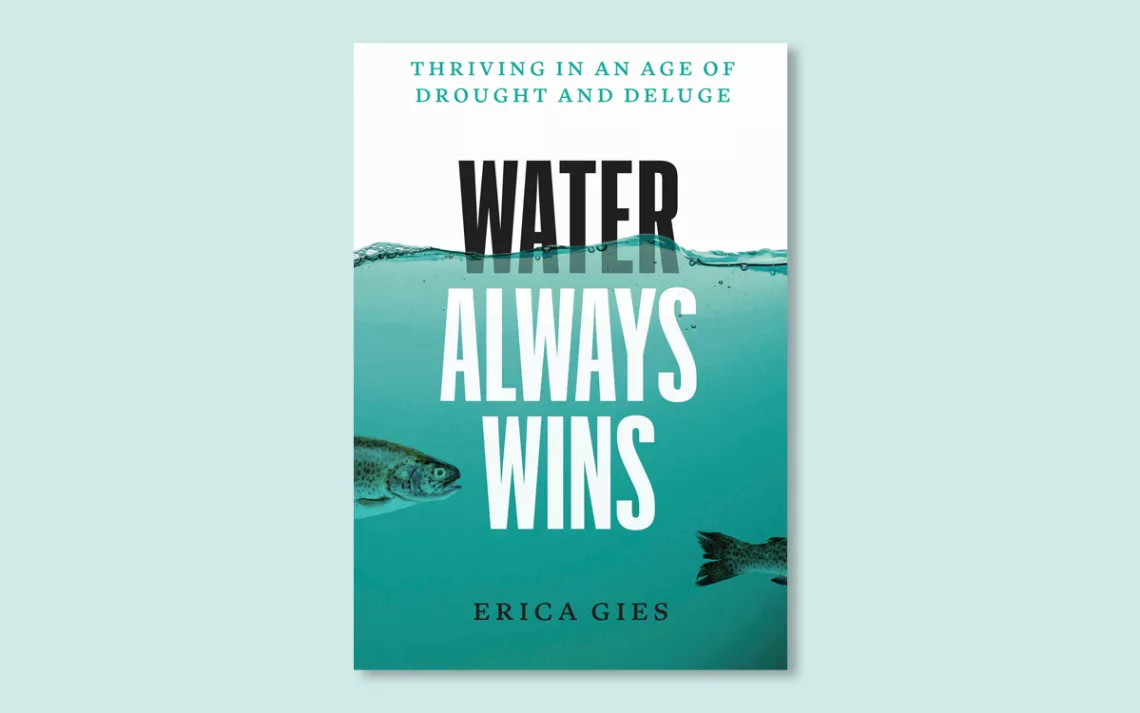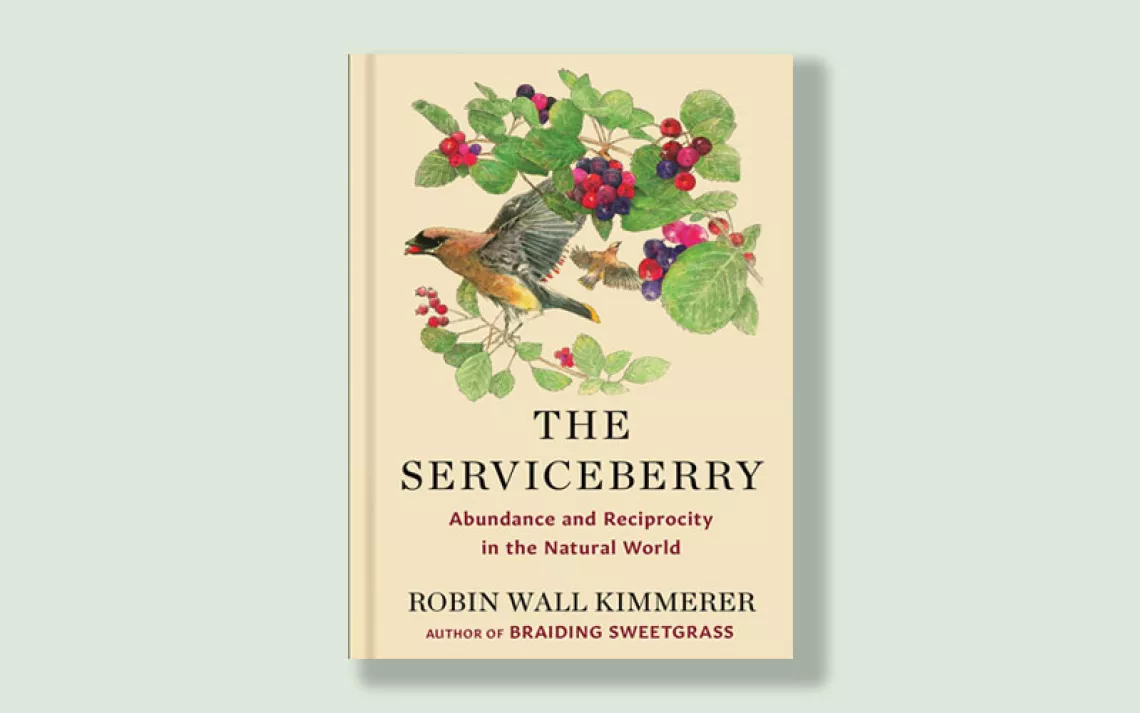A New Book Asks Water What It Wants
"Water Always Wins" is a field guide to a wetter, better future

Some books are parties. Some books are church. Some are seductions. Others are hostage situations. Erica Gies's Water Always Wins: Thriving in an Age of Drought and Deluge (University of Chicago Press, 2022) is a buzzy symposium, full of fast-paced presentations, an international cast of experts, and a new vocabulary of terms and acronyms. You may need to lie down and rest after reading it—or at the very least, break for snacks.
Gies is a National Geographic Explorer as well as a science journalist, and this book includes more locations than a James Bond film: Chennai, the Mekong Delta, Kenya, Iowa, the Tulalip Reservation in Washington State, the high-altitude cushion bogs of Peru, the sponge cities of China, and the Mesopotamian marshes of Iraq are only a few of them. As weather patterns get more extreme, more societies are struggling with having either too much water or too little. But those cultures are also a wellspring of solutions and adaptations.
These fixes range from the familiar, like using bioswales, reintroducing beavers, and daylighting creeks, to the less well-known, like removing concrete from "paleo valleys" (beds of gravel left behind by rivers that changed course thousands of years ago), which can absorb 60 times more water than the clay soils that often surround them.
Climate disruption, aging systems, and rising inequality have meant tough times for much of the water infrastructure in the United States. It would be very easy to write something dour under the circumstances, but Gies sees hope on the horizon. "The way we have been relating to water and the natural world is not innate," she writes. "We create our narrative, and we can change it."
 The Magazine of The Sierra Club
The Magazine of The Sierra Club



